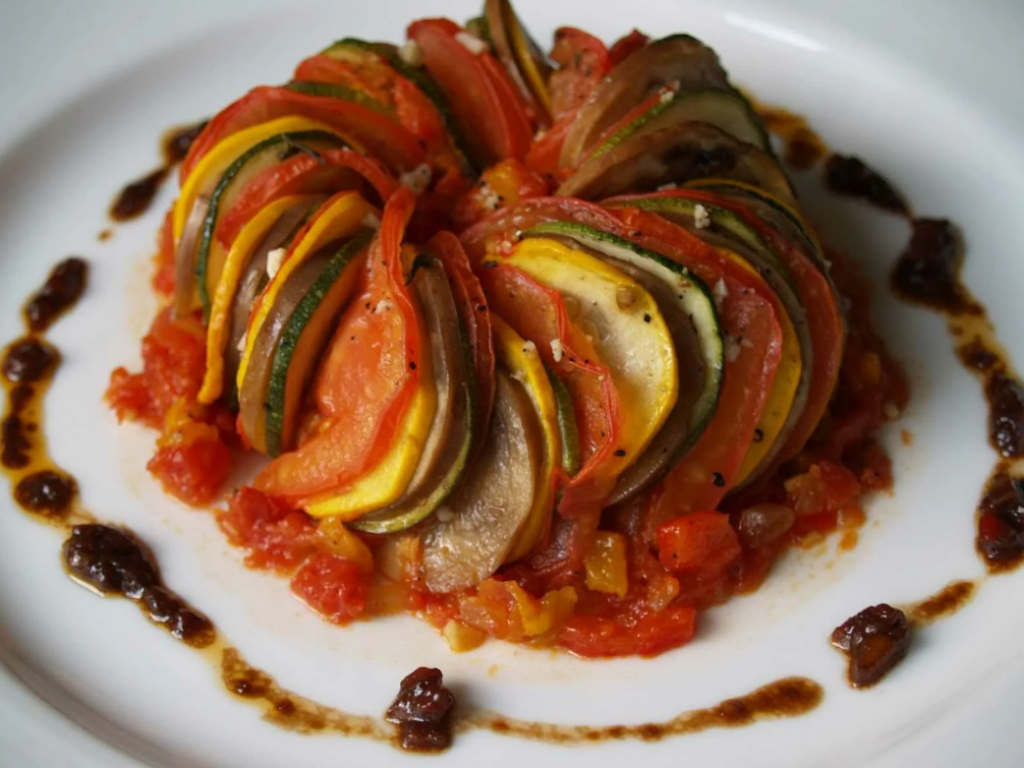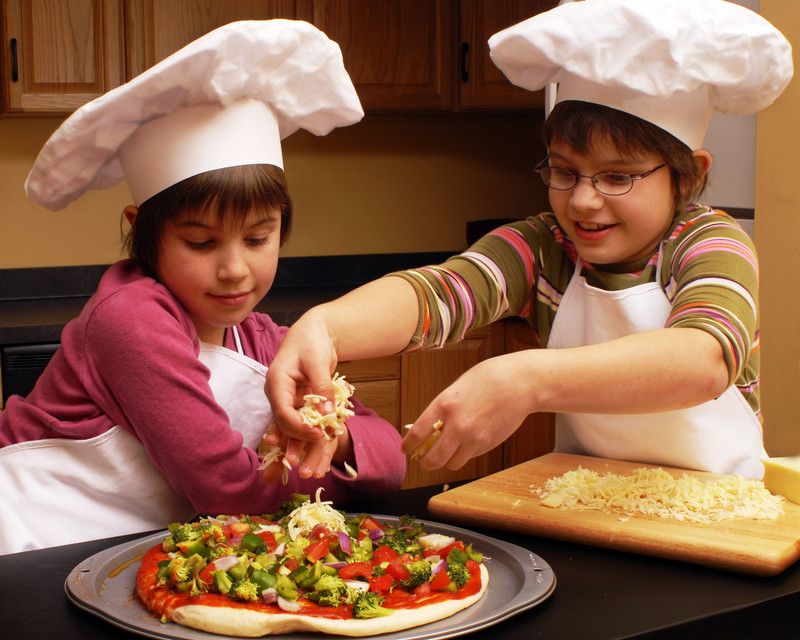Even before Zootopia 2 hits theaters, families can celebrate the film by preparing dishes inspired by its characters. Imagine Judy Hopps’ energetic personality expressed through vibrant vegetable dishes or Nick Wilde’s clever charm reflected in indulgent desserts. These recipes provide a playful way to bring storytelling to life in the kitchen, engage children in hands-on cooking, and combine family bonding with culinary creativity. For inspiration, see the film details on Kinoafisha.
By connecting dishes to the personalities of beloved characters, children can learn to associate flavors, textures, and presentation with storytelling elements. This method encourages imagination, teaches basic cooking skills, and makes French cuisine more approachable, turning a simple meal into a themed experience that resonates with the whole family.
Recipes Inspired by Judy Hopps
Judy Hopps, the brave and energetic bunny, inspires fresh, light, and vibrant dishes. A vegetable-forward French ratatouille, roasted with herbs, olive oil, and colorful vegetables, captures her adventurous spirit perfectly. Children can help wash, chop, and arrange vegetables, learning basic culinary techniques while actively participating in the creation of the meal.
Pairing the ratatouille with a fresh baguette or a simple green salad creates a wholesome, satisfying dish. Preparing these recipes allows kids to practice kitchen safety, measuring, and following steps in sequence. Beyond learning, the experience fosters pride and ownership, as children feel a direct connection between their efforts and the final meal.
Recipes Inspired by Nick Wilde
Nick Wilde, the witty and playful fox, calls for indulgent and mischievous culinary creations. Sweet treats like chocolate éclairs, caramel tarts, or French macarons reflect his charm and clever personality. These desserts provide an opportunity for children to practice decorating, piping, and experimenting with flavors in a controlled, fun environment.
Making Nick-inspired desserts also teaches patience and attention to detail, as French pastries require precise measurements and timing. The hands-on experience allows kids to understand the importance of preparation and creativity, while indulging in a treat that symbolizes a favorite character.
Creating a Family-Friendly Zootopia 2 Evening
Once the dishes are prepared, set the table in a themed style reflecting the colorful animal city of Zootopia. Use playful plates, napkins, or small figurines to enhance the immersive experience. Even before the film’s release, families can imagine scenes, read character stories, or create simple role-playing games to accompany the meal.
This approach transforms a regular dinner into a family event that blends creativity, storytelling, and food. It encourages shared engagement, allowing both parents and children to discuss the characters, their traits, and the connections between the dishes and the story. Themed dinners like this can become memorable family traditions.
Benefits of Cooking with Story-Based Inspiration
Using characters and storytelling as inspiration for cooking enhances both learning and family bonding. Children develop culinary skills, understanding of ingredients, and appreciation for French cuisine in a playful context. Parents can guide kids through recipes while reinforcing narrative connections, creating a multisensory experience that combines taste, creativity, and imagination.
Family cooking inspired by Zootopia 2 also strengthens emotional bonds, teaches patience, and encourages teamwork. It offers an interactive way to engage children with food while simultaneously celebrating their favorite characters, making meal times exciting, educational, and fun.




